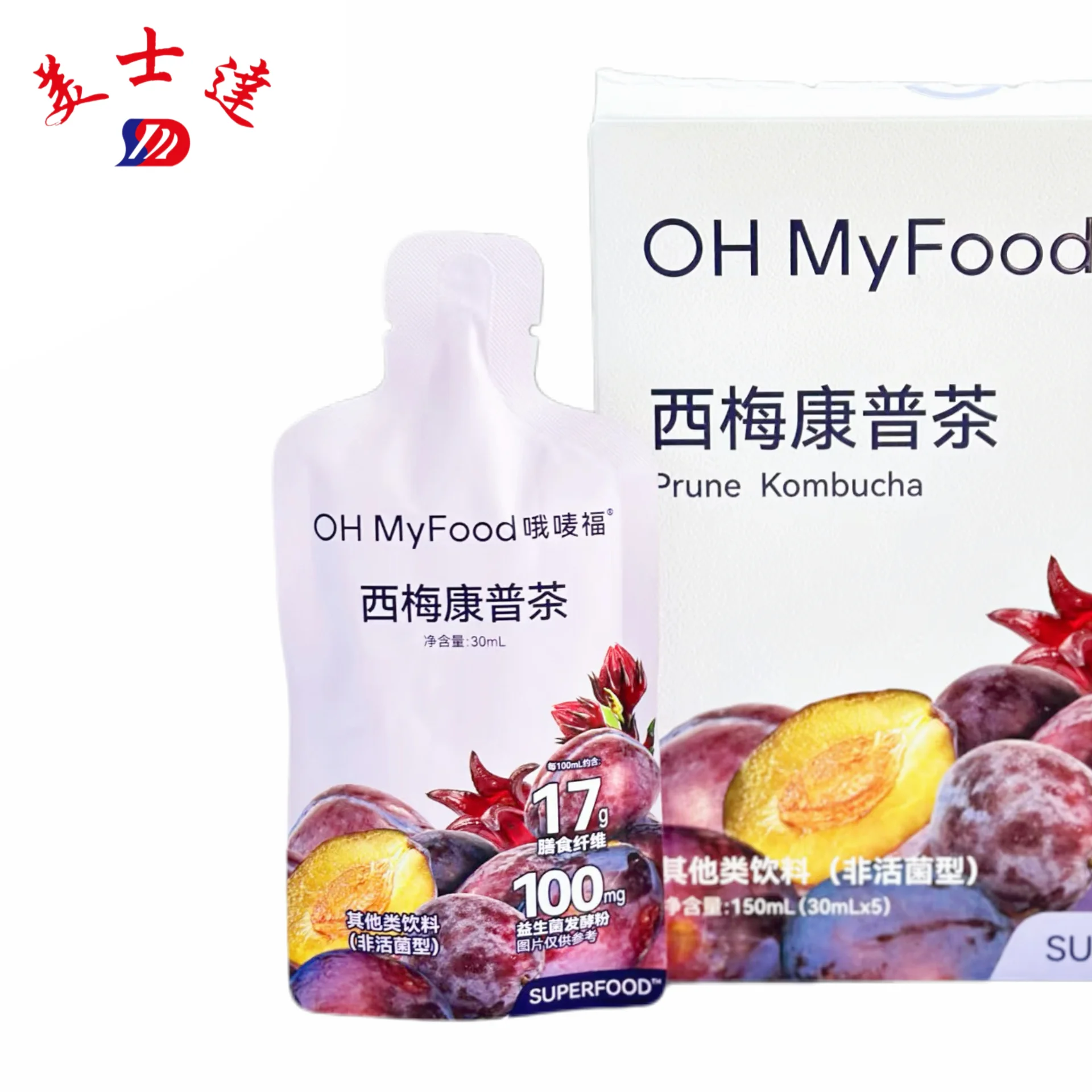Environmental protection is no longer a buzzword. It has become a hard requirement for the pharmaceutical packaging industry. As environmental problems become increasingly severe, the pharmaceutical industry can no longer sit still and has begun to “reduce its burden”.
Consumers’ requirements for brands are not only good quality, but they also want you to be “green” and transparent. Global environmental regulations are becoming increasingly stringent. Any company that does not respond may have to “dig its own grave” in the market.
Anyway, by 2025, the environmental protection of pharmaceutical packaging is not icing on the cake, but a necessary “law of survival”. As a leading pharmaceutical packaging manufacturer, we would like to speak with you.
Three Major Forces Driving Change
The driving force behind the pharmaceutical industry’s promotion of environmentally friendly packaging is ultimately these three points:
Environmental regulations:
The increasingly stringent environmental regulations of governments worldwide compel pharmaceutical companies to comply. Non-compliance? Fines and boycotts are trivial, but losing public trust is the fatal blow.
Consumer expectations:
Can’t we see that today’s consumers understand environmental protection better than everbefore? What they want is a brand that can take the ecological protection road, not the “high-end” plastic packaging in front of them. If you don’t transform, you will be eliminated.
Brand image and social responsibility:
Today’s companies should no longer rely on “making big money” to conquer the world. Good products alone are not enough. Social responsibility is the hard currency for building a brand. Environmentally friendly packaging can not only enhance the brand image, but also attract a lot of loyal fans, making you stand out in the market in minutes.
Environmentally Friendly Packaging Materials
Environmentally friendly materials are simply the engine of the “green revolution” in pharmaceutical packaging. Take a look at what they will look like in 2025:
Degradable and compostable materials:
This type of material is becoming more and more popular, especially PLA (polylactic acid) made from renewable resources such as corn and sugarcane. They are not only environmentally friendly, but also decompose quickly in nature, and will not occupy the environment like traditional plastics. Despite this, the reality is that the promotion of these materials in the market is far from enough, and the technology and infrastructure cannot keep up.
Recycled materials (rPET):
You see, recycled plastic (rPET) is also a major force in pharmaceutical packaging. By recycling old bottles, pharmaceutical companies can reduce the demand for new plastics and support the circular economy at the same time. In theory, plastic is no longer a “disaster”, but a resource that can be “reused”. Focus on reducing resource waste.
Glass and paper alternatives:
Glass and paper packaging are also quietly rising. Glass is a material. You see, the bottles made of it are not only reusable, but also easily recycled, so Mother Earth is not angry. However, problems such as weight and fragility prevent it from replacing plastic on a large scale.
Innovation of technology
Smart and environmentally friendly packaging can not only increase the functionality of packaging, but also double the environmental protection effect.
Smart technology:
What are RFID tags, QR codes, and sensors? They have all entered the packaging of medicines, which not only makes supply chain management more transparent, but also reduces the waste of expired medicines and reduces inventory. More importantly, they help the entire process of products from production to distribution to be “intelligently supervised” to avoid overproduction and waste.
Active packaging:
This thing has revolutionized the way medicines are stored. By adding moisture-absorbing or oxygen-capturing materials to the packaging, they help keep medicines fresh, extend their shelf life, and avoid unnecessary preservatives and packaging. Especially for vaccines and health products, active packaging can ensure that they do not deteriorate for a long time and prevent the packaging from becoming garbage.
Environmentally friendly printing:
Environmentally friendly printing technology is reducing waste and energy saving. Compared with traditional methods, digital printing uses less ink and consumes less energy. This is a good thing. Environmentally friendly packaging is no longer “high-priced”, and brands can continue to output high-quality packaging, taking into account both environmental protection and beauty.
Lightweight and Simple Packaging
Environmentally friendly packaging is not only “less”, but also “clever”. Pharmaceutical packaging is gradually moving towards a future of efficiency and low waste:
- Reduce material use:
Another goal of environmentally friendly packaging is to make the use of materials more streamlined. Compared with traditional designs, thin-walled plastic bottles not only maintain the same protective effect, but also reduce the use of raw materials. The less the better, but safety must not be compromised.
- Compact design:
Compact packaging not only saves space, but also reduces carbon emissions during transportation. Small packaging is more convenient for loading and reduces fuel consumption during transportation. Anyway, it is much easier than traditional packaging.
- Cost and efficiency:
Lighter and smaller packaging means lower production costs and lower transportation costs. And most importantly, it reduces the carbon footprint. Who doesn’t like products that can “save money” and “reduce emissions”?
Challenges and Considerations
Although eco-friendly packaging has so many benefits, it is not perfect. You have to face these challenges:
- Regulatory compliance:
Eco-friendly materials must meet strict drug safety and regulatory requirements. Ensuring that these eco-friendly packaging does not affect the safety of drugs and can extend the shelf life is definitely a big problem.
- Cost and availability:
Eco-friendly materials are expensive and the supply is unstable. For some small companies, this is undoubtedly a big challenge, but with the development of technology and the increase in market demand, the cost should gradually decrease.
- Material performance:
Eco-friendly packaging must not only reduce environmental impact, but also ensure that its protective performance is not compromised. Whether it is shelf life or protective effect, whether eco-friendly materials can meet the demanding requirements of the pharmaceutical industry is the key to its popularization.
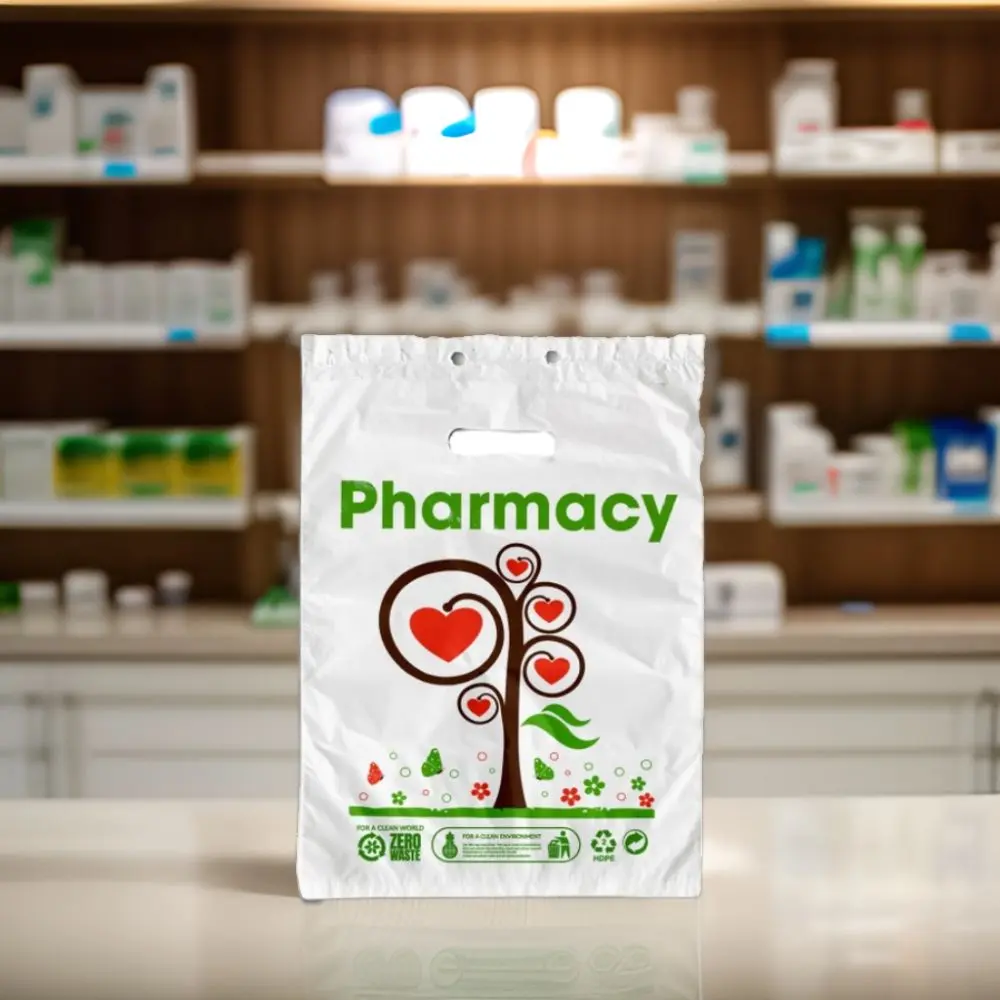
Conclusion
The environmental protection of pharmaceutical packaging is no longer just a trend, but the “future destiny” of the industry. After 2025, with the birth of more innovative and eco-friendly materials, pharmaceutical packaging will develop in a greener and more sustainable direction. Whether it is biodegradable materials, smart packaging, or simple design, they will become mainstream in the future. Choosing these environmentally friendly trends will not only allow pharmaceutical companies to reduce their burden on the environment but also enhance their brand image and ultimately contribute to the sustainable development of the global economy.
Nevertheless, we, Meishida, serve as a leading pharmaceutical packaging manufacturer, and have the duty to help those enterprises that need to upgrade their packaging solutions. One of our features is custom solutions; our professional teams are always here waiting to solve your urgent issue.

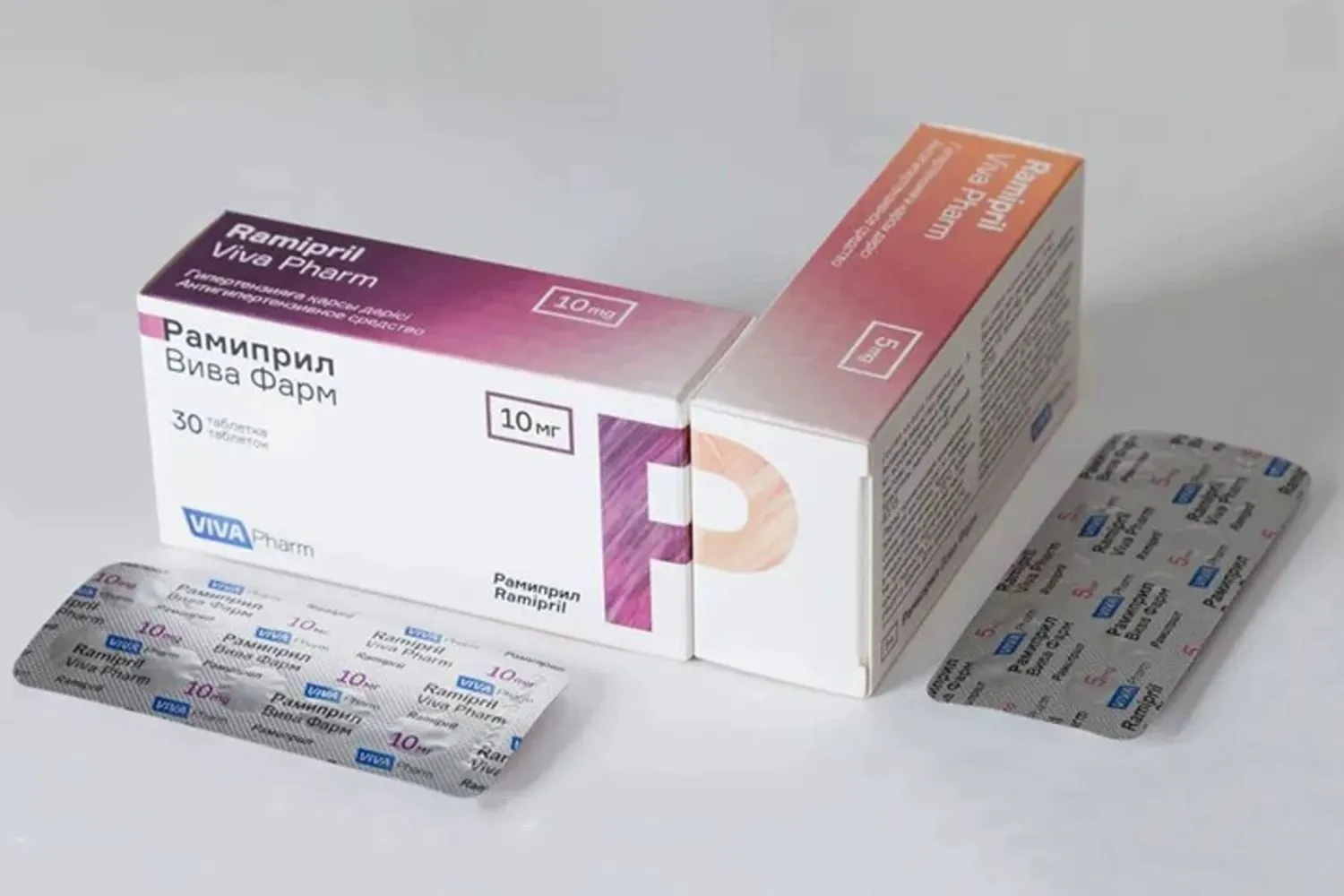
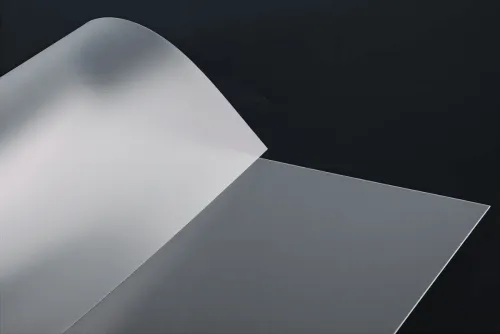
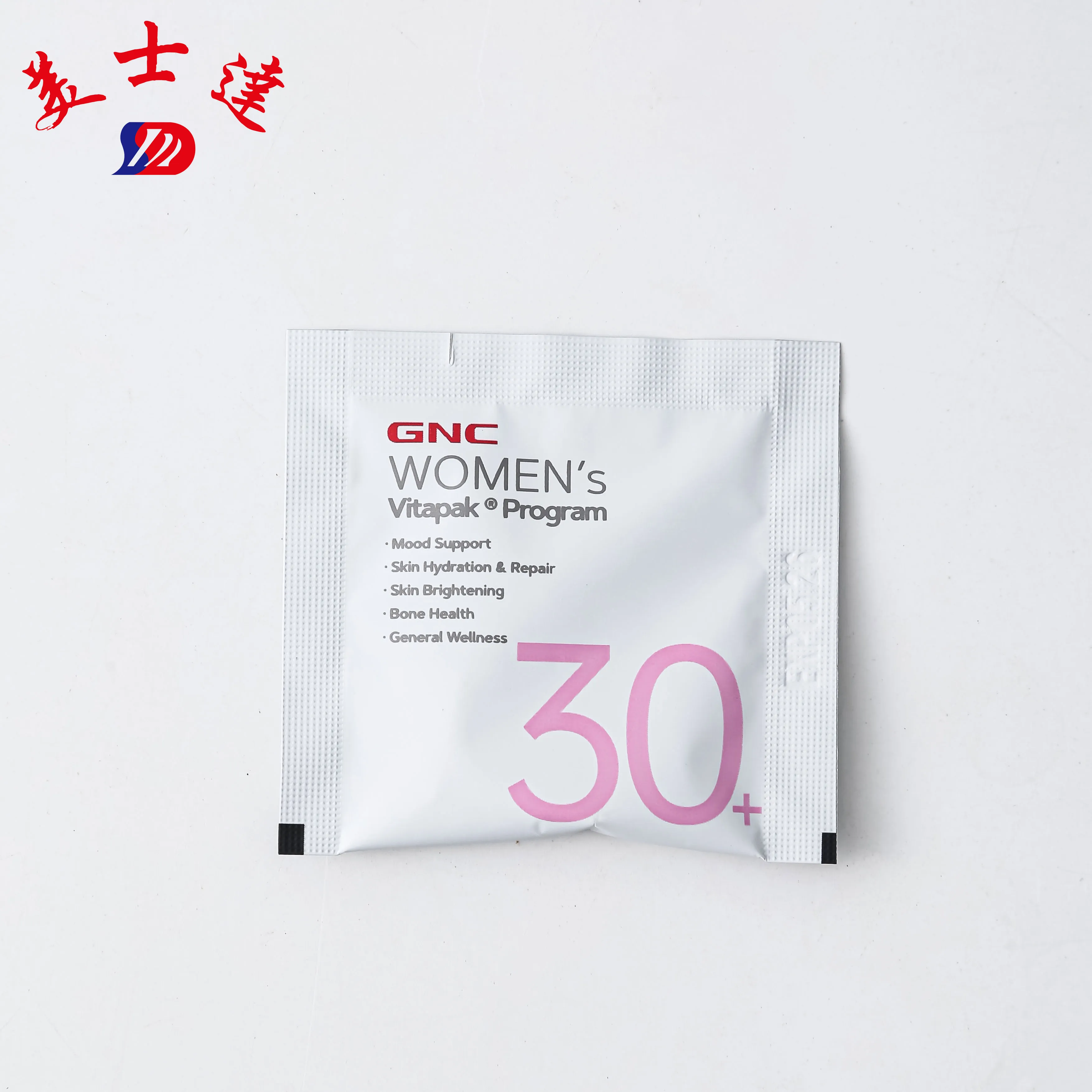
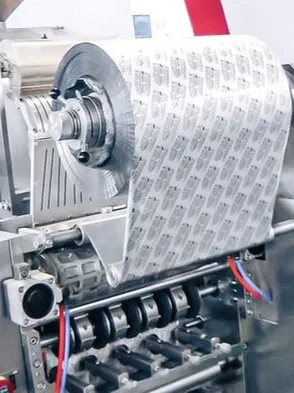
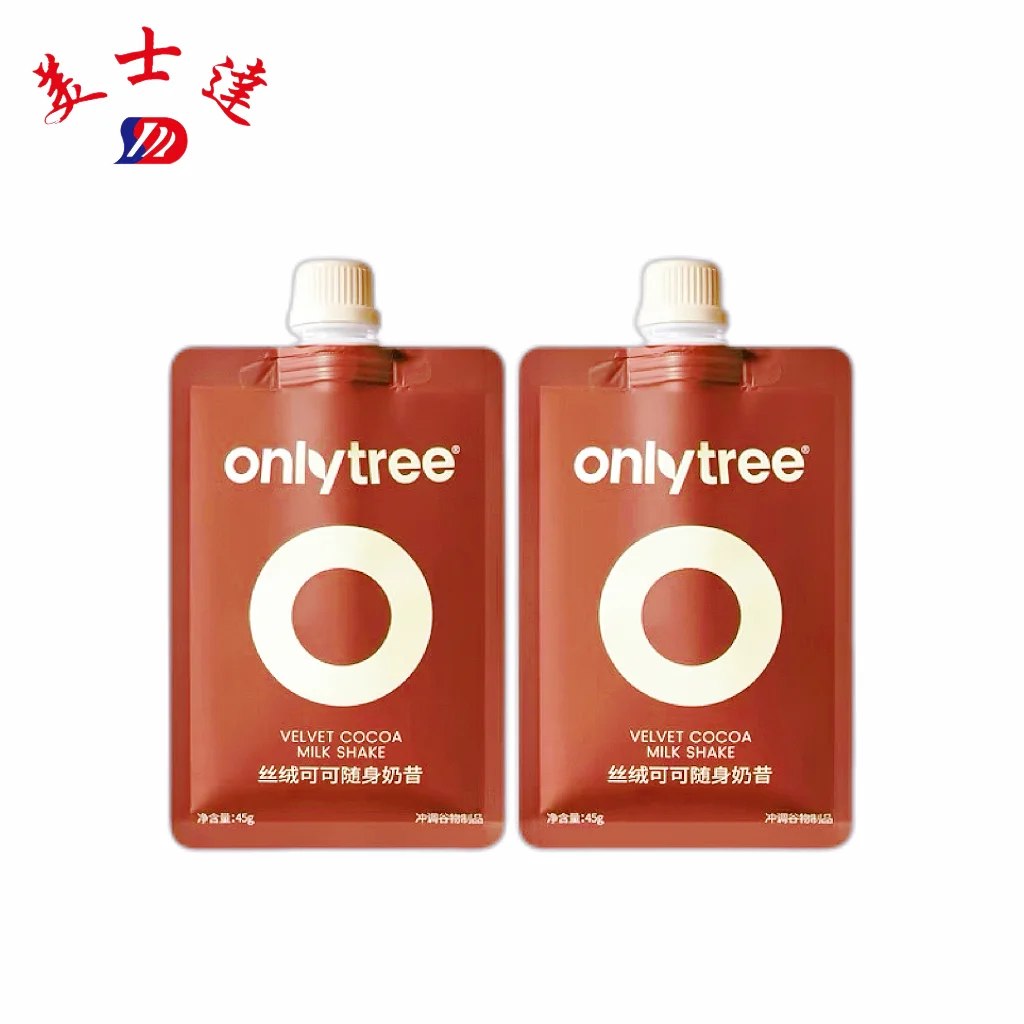
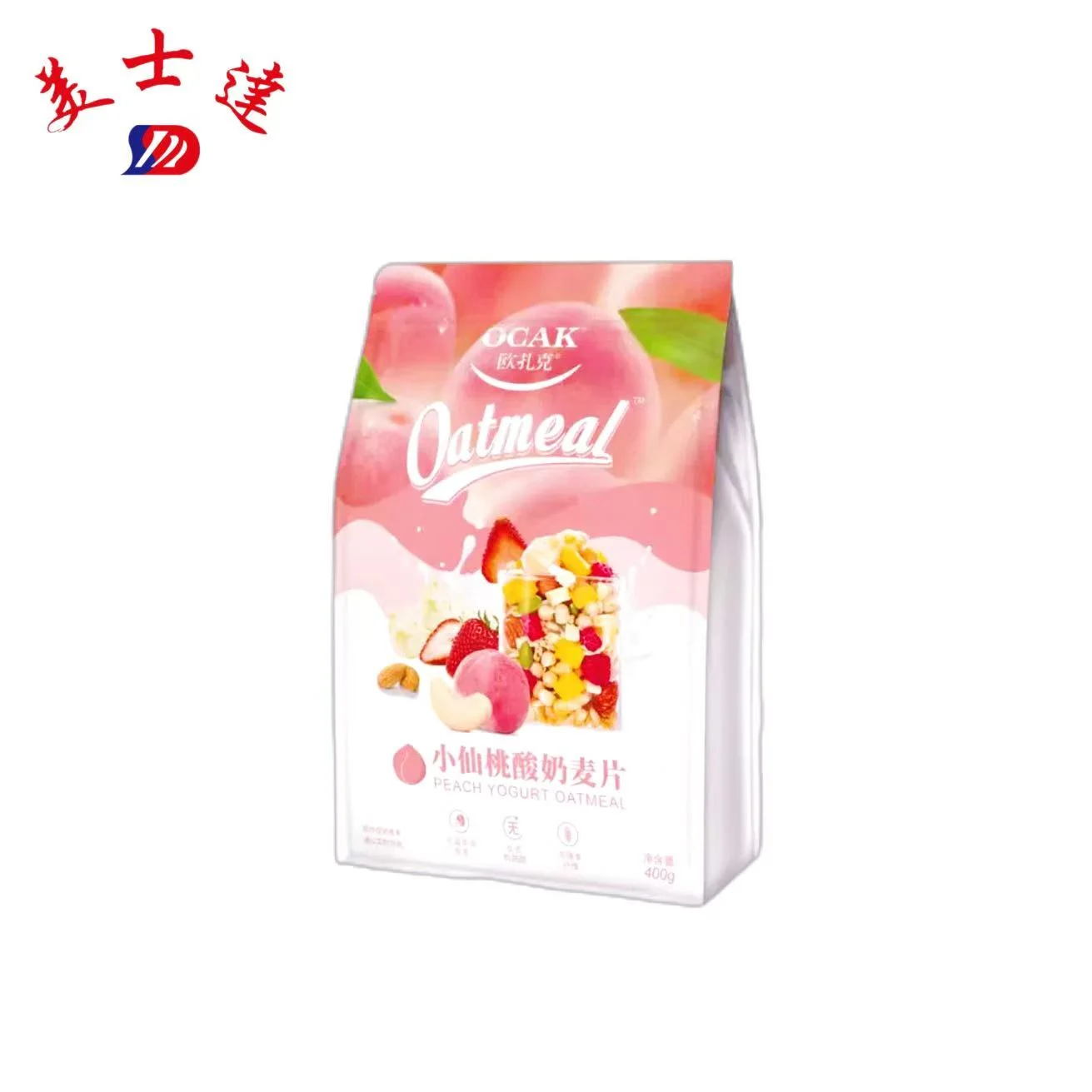
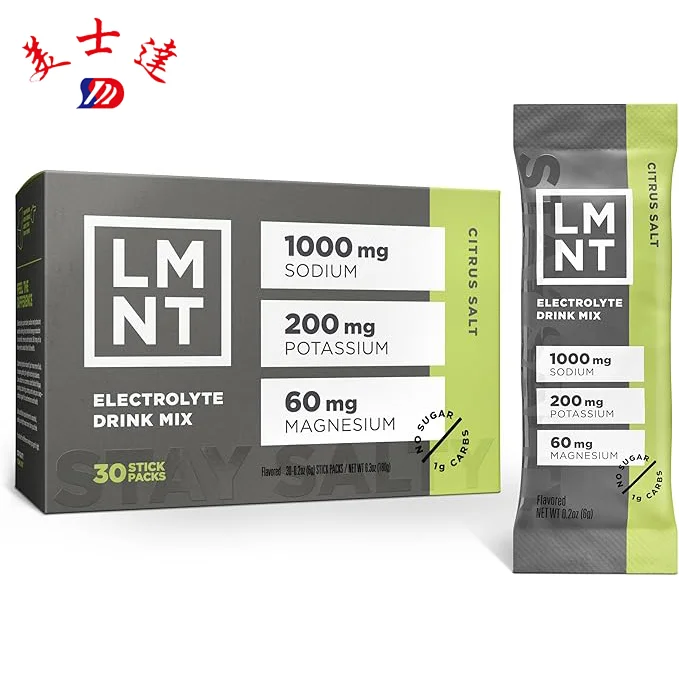
.webp)
